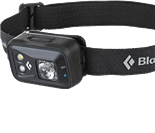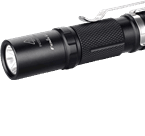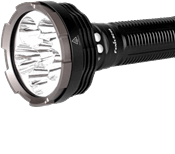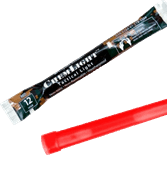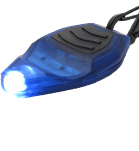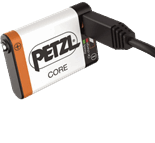To mark an object, shine a light on the way or to recognize a friend in the dark. All this is possible with chemical lights. We just have to choose the color and way of attaching. It is not always as easy as it looks.
It's like a magic. A small bar without signs of light and without a switch. Crack - and suddenly shines. How is that possible and how can last this long ? What is it anyway ? For military purposes it was necessary to develop a form of light, which would be a single -purpose but really innovative. That's why smart people came with chemical light, a.k.a lightstick. Its use is really wide, very easily got from the army to us, to the civilian sector. We certainly know what it is. In the films they brake it in the dark, shake with it, and suddenly there is light.
So how does it work ?
Two capsules are the basic element. The first (outer cover) is made of plastic. Inside there is a second capsule,a glass one. Both containers are filled with various chemicals whose reaction triggers luminescence (lighting). How will it mix? Simply, to light up chemical light, it is necessary to crack the inner glass capsule to mix the fillings. Some might imagine a fierce breaking of the outer capsule. The opposite is true. To start the reaction, just hold Lightstick with both hands and bend in the middle with thumbs. Glass capsule is fragile enough not to survive this movement ( yet strong enough for transporting). Shake the entire Lightstick to mix it properly and it is ready.
Without energy for a few hours
What we are interested in is how long will it last? This depends on the number of individual fillings and the overall size of the container. Even the chemical composition plays a role in this case. For professional lights we are able to get eight to twelve hours. The huge advantage of chemical lights is the fact that they do not need any external energy source. It is therefore a self -sufficient short -term light source. Great, and what about disadvantages? The disadvantage is that you can not switch it off. Once we break it, it will shine and shine until the chemical reaction ends.
The beauty of LightSticks
After the chemical light was invented, it did not take too long before the fever came, which lasts until today. Despite the fact that the most common form is still the military one - cylindrical capsule, other forms began to appear - entertaining and professional. Today, there are many kinds of Lightsticks, different colors and shapes. From small bars for fishing to bracelets and containers for various entertaining and company events. Nevertheless, we can not deny its clean intention to illuminate the way, important points or members of the group. This is nice, but chemicals do not belong to nature. That's a very hasty thought. One of the best things by the chemical light is that both of its ingredients are non -toxic. Any harm for us or nature in the event of a container breakage is almost impossible. So let´s shine a light.
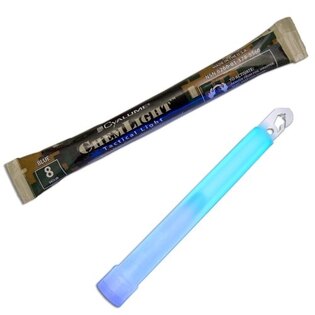



ChemLight Cyalume® chemical light, 8 hours
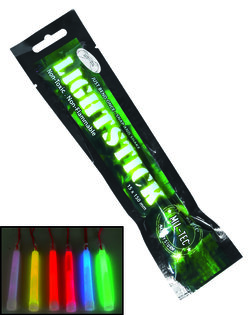


Chemical lightstick 1.5x15 cm Mil‑Tec®
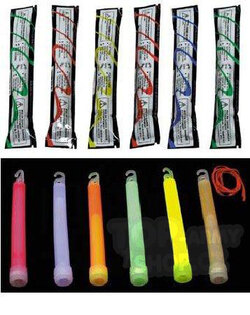


Chemical light MFH® Lightstick
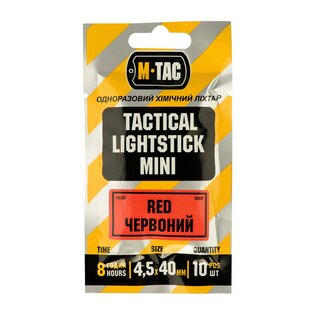


M‑Tac® Mini chemical light, 10 pcs
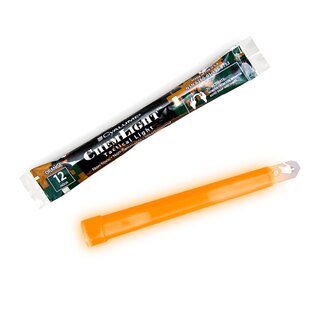



ChemLight® by Cyalume® — 12‑hour Chemical Light Stick — Waterproof, Non‑Flammable
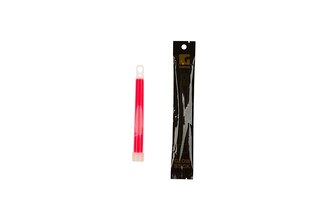


CLAWGEAR® Light Stick
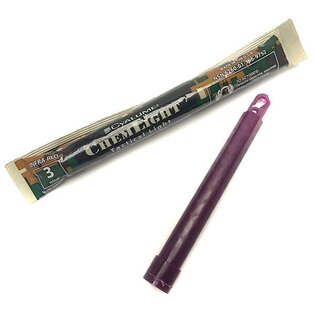

Cyalume® ChemLight chemical light, 3 hours ‑ IR
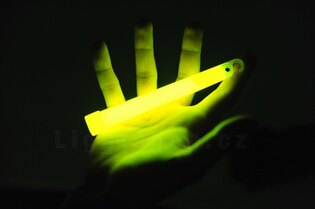
Lightstick® Sport chemical light ‑ stick 25 pcs






































































































































